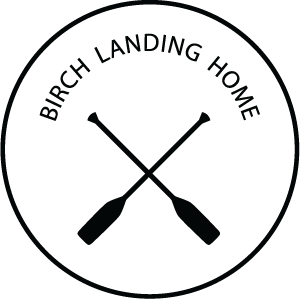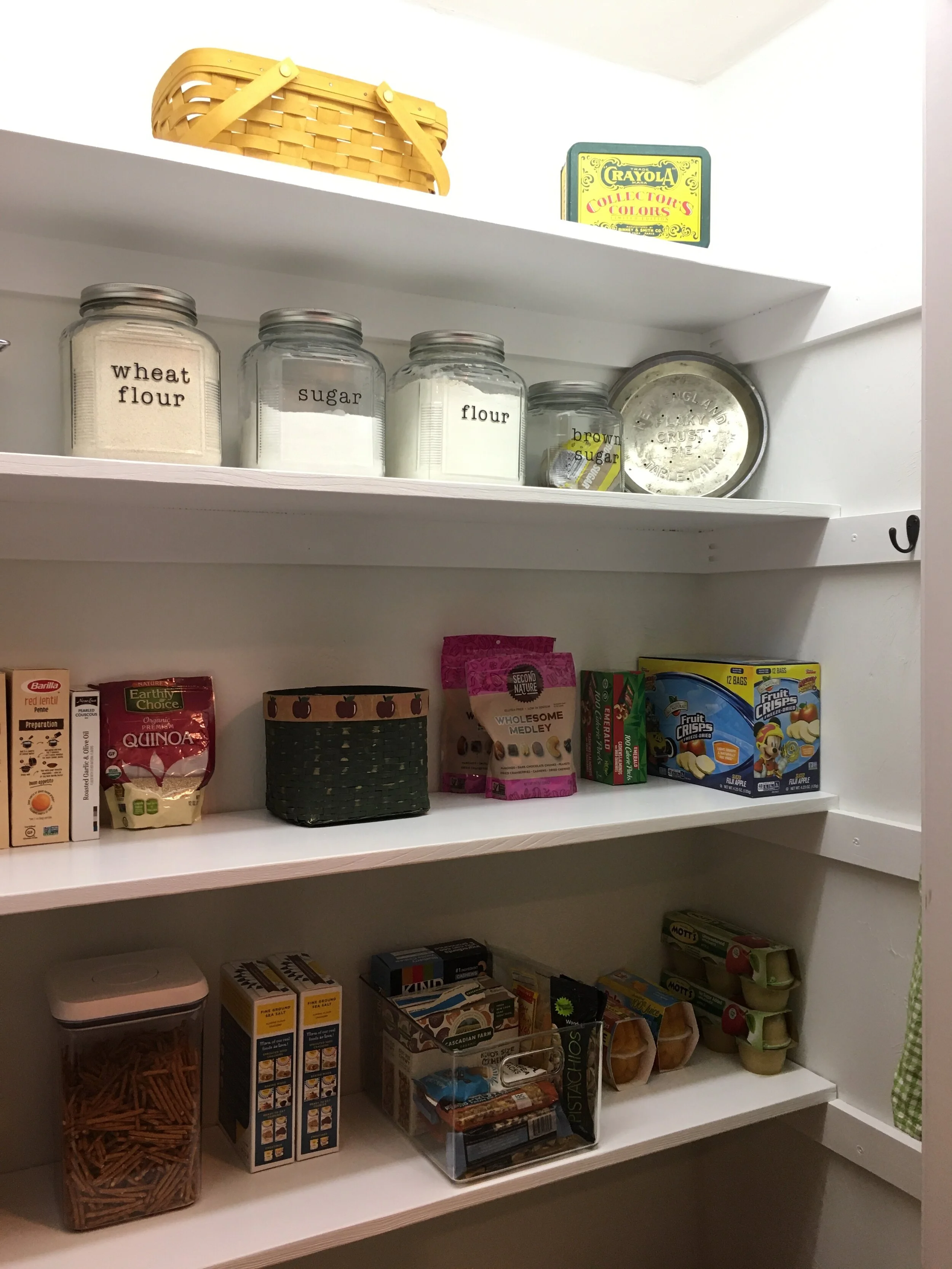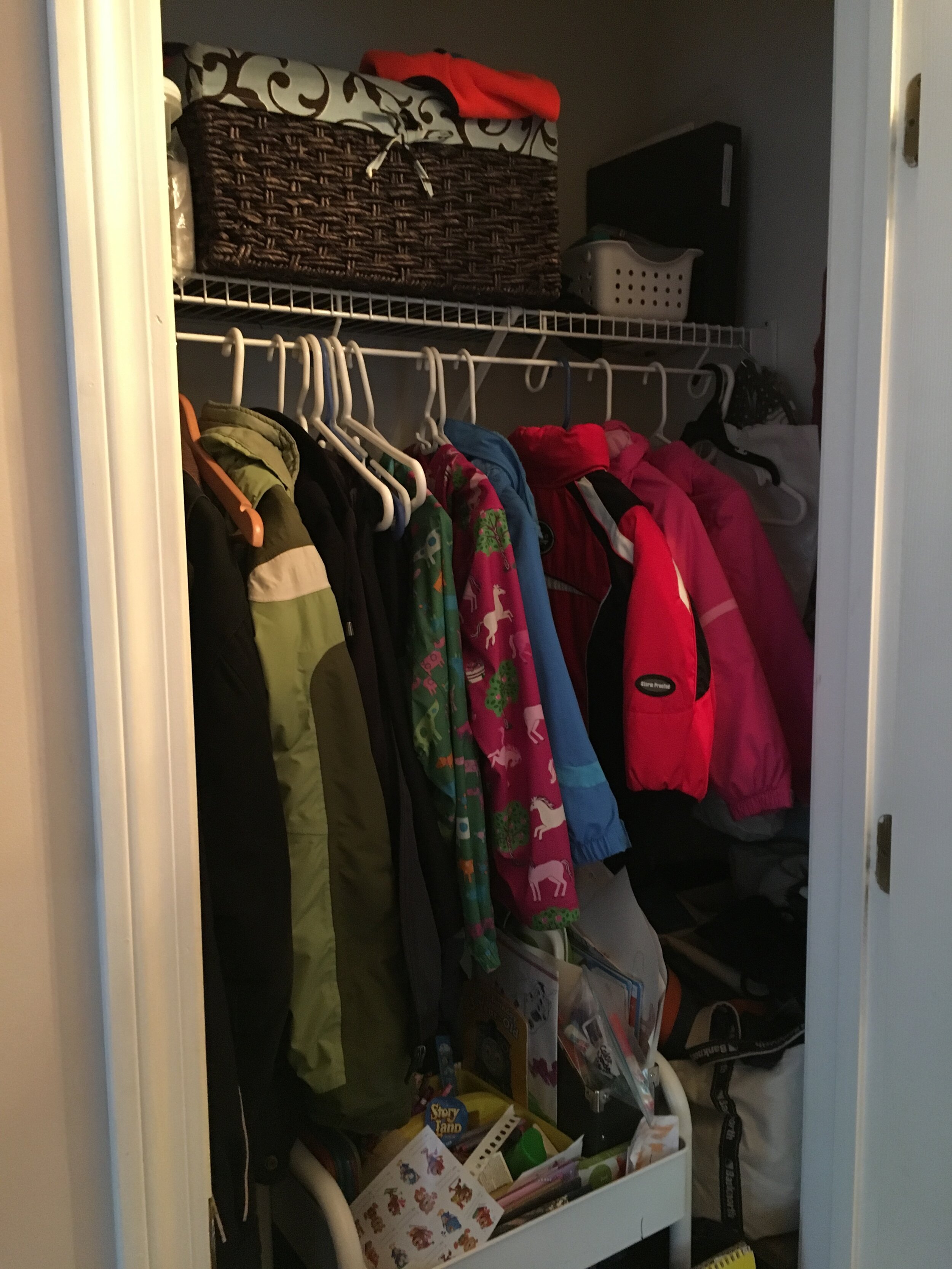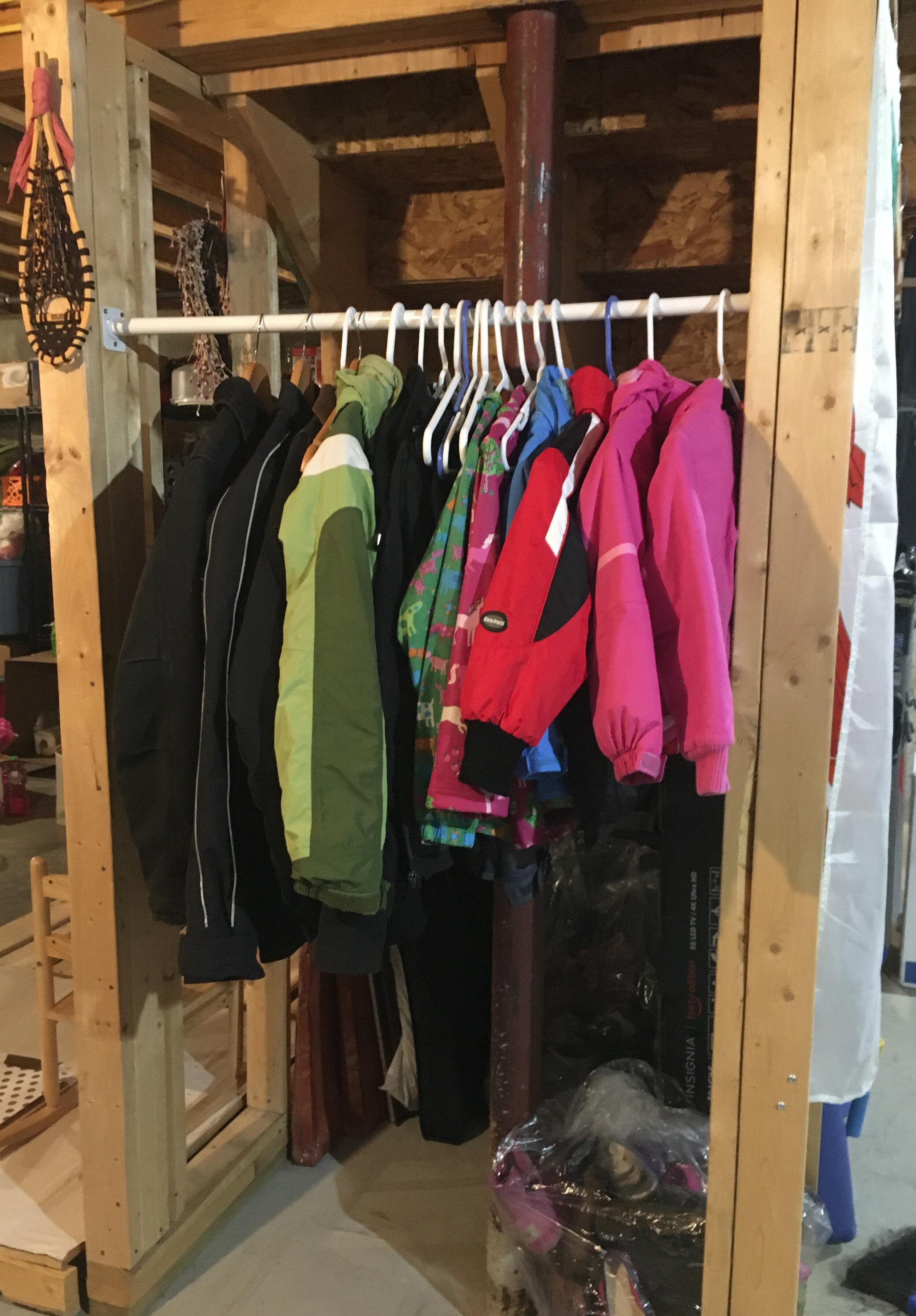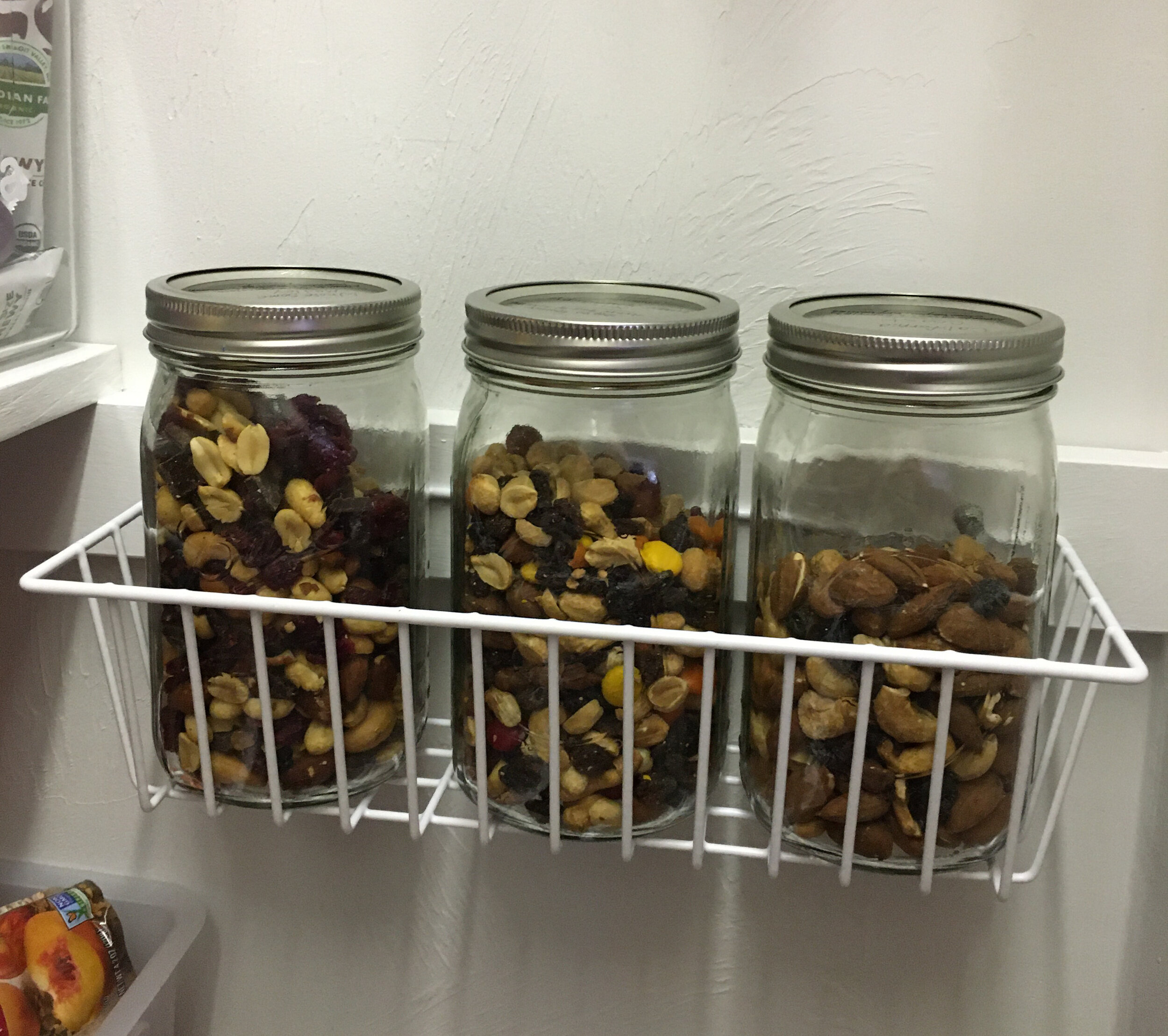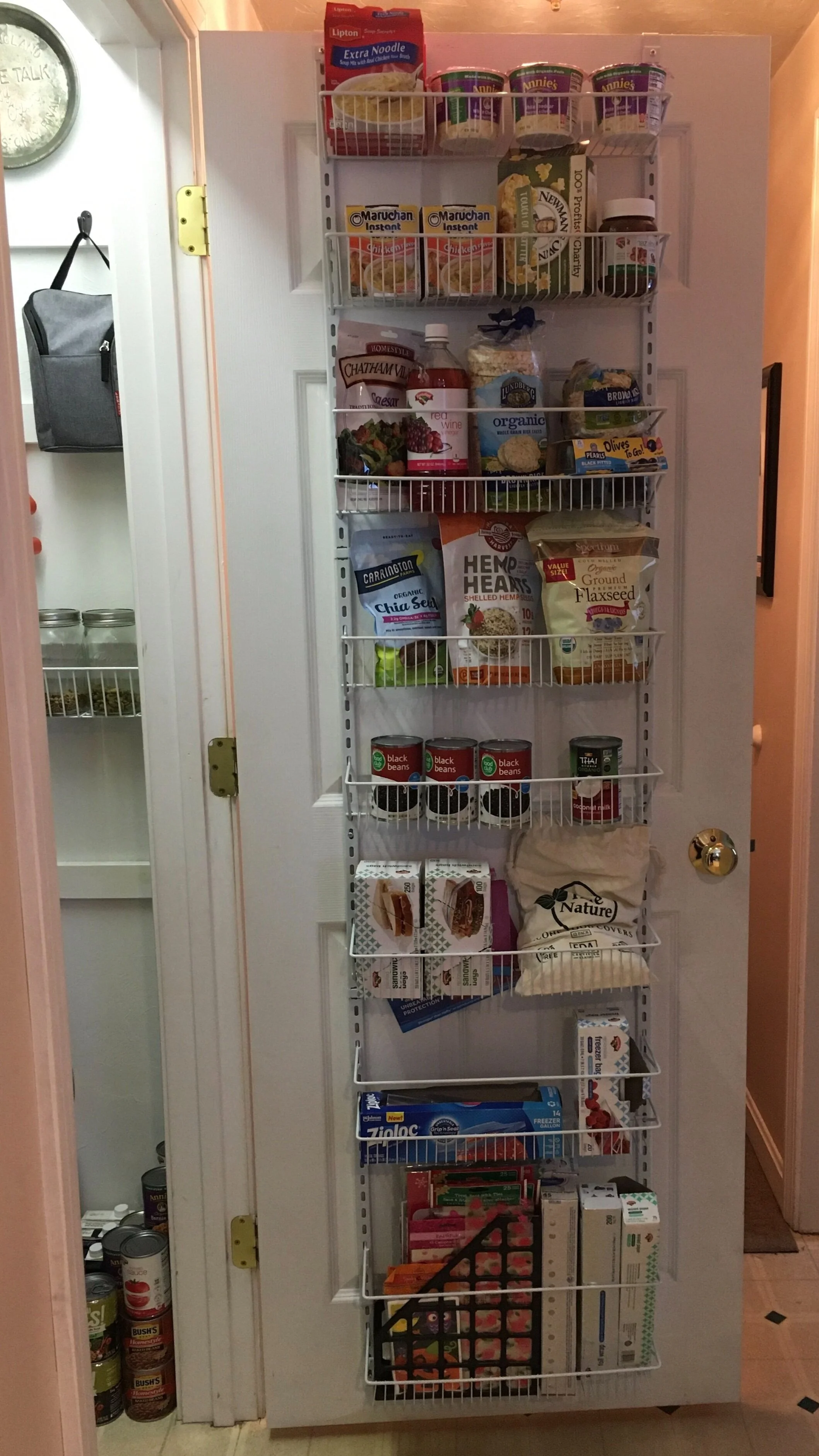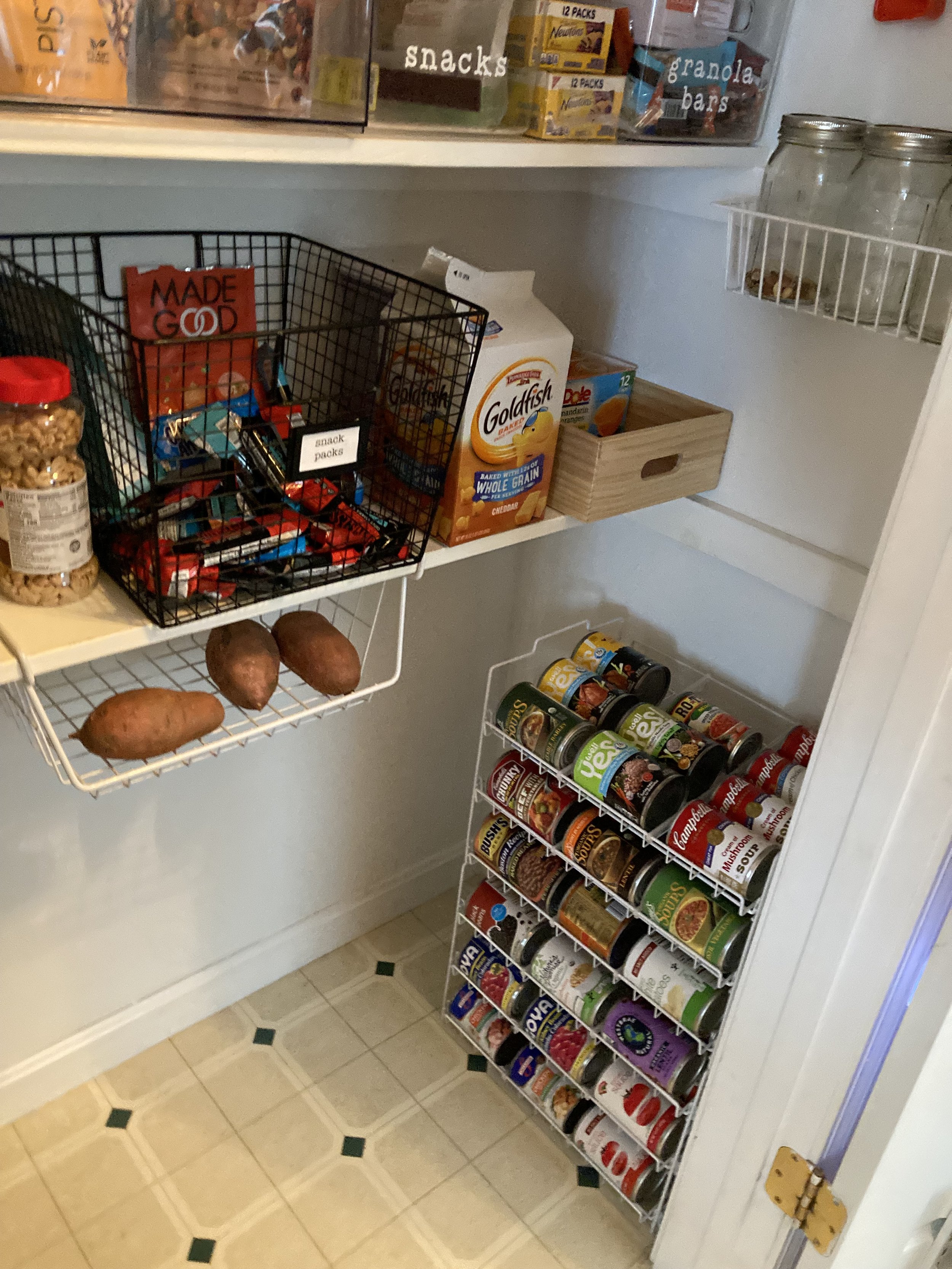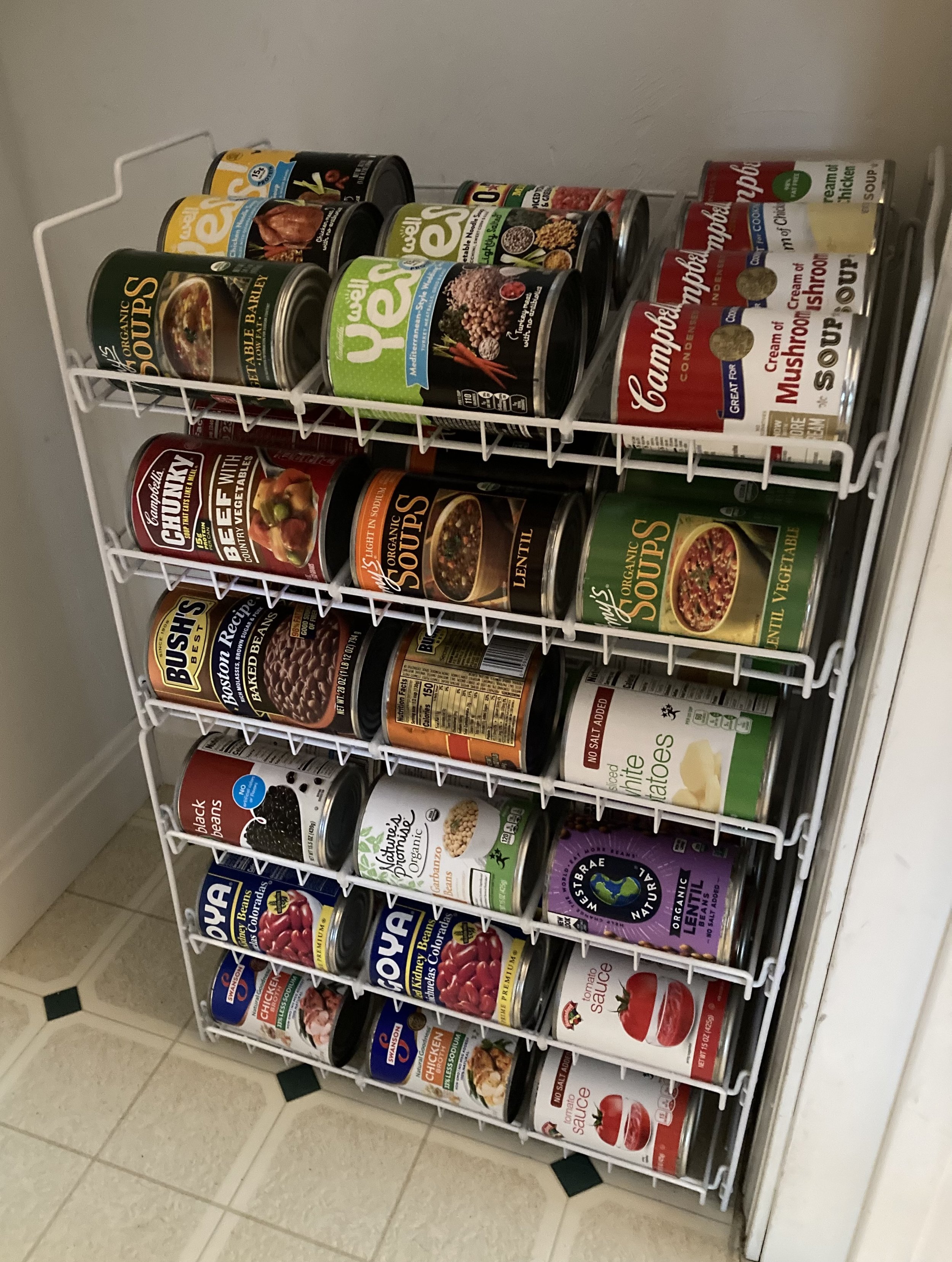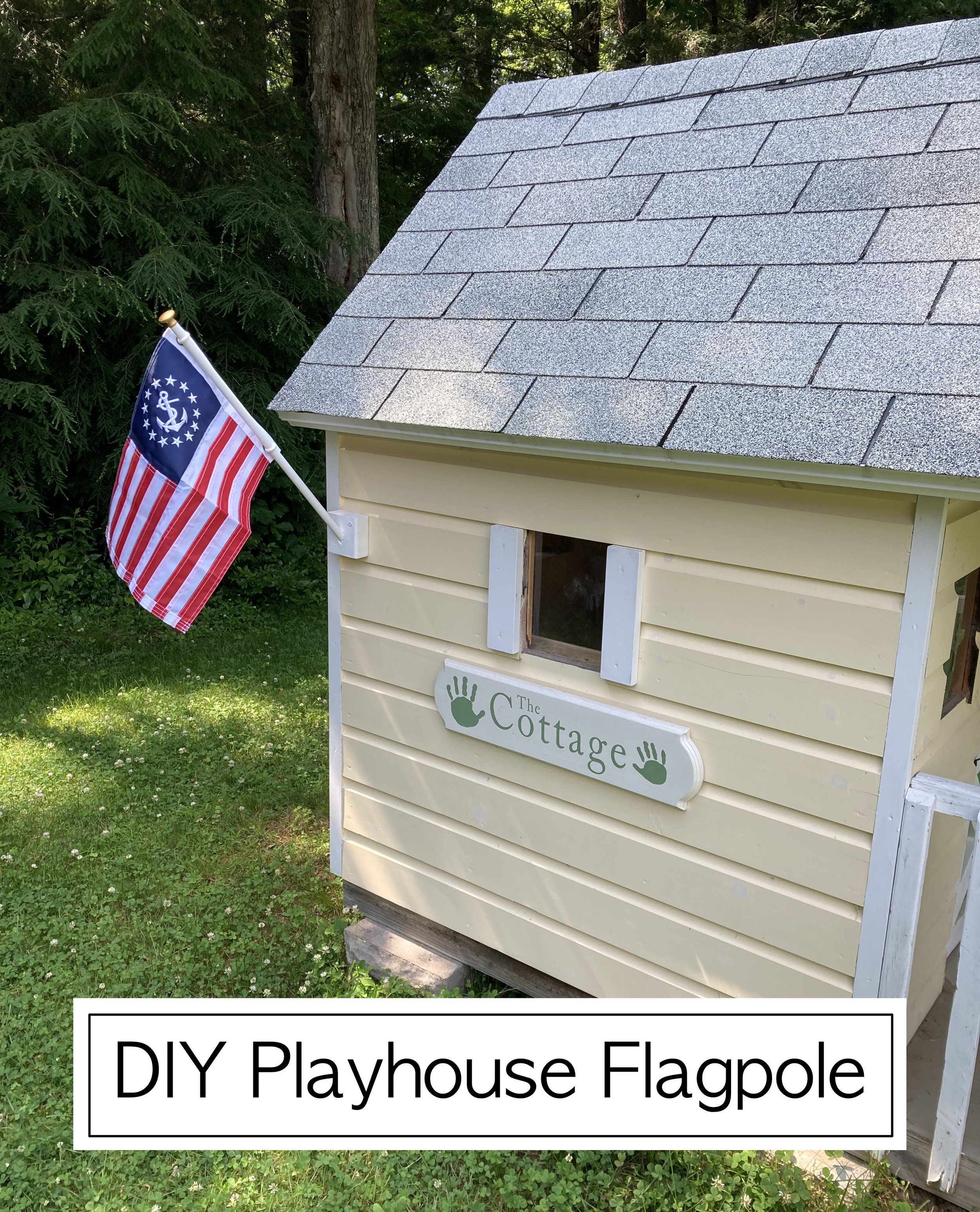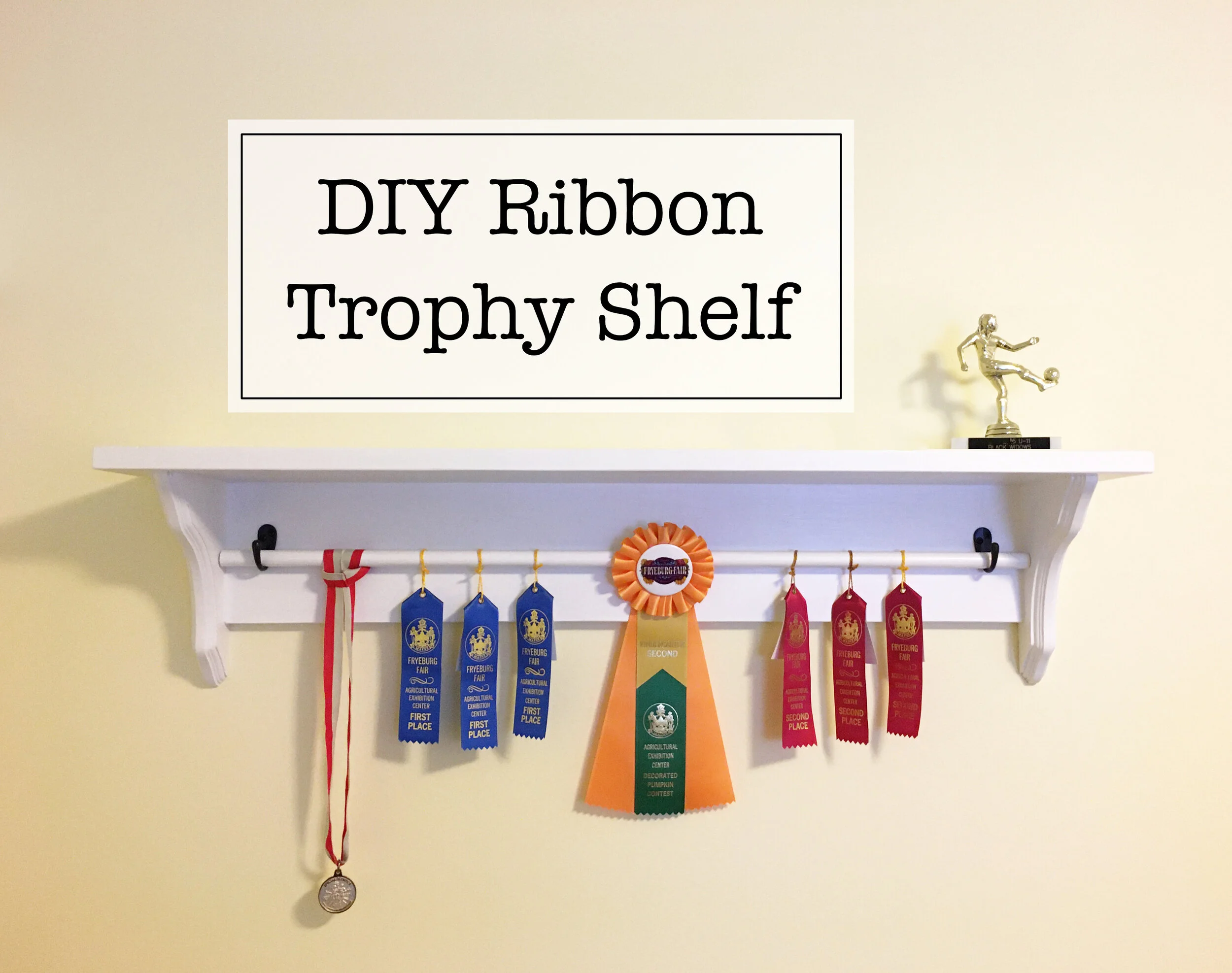Remote Learning + Homeschooling: Tips and Supplies
With the Covid-19 Pandemic still persisting and school in our state cancelled for the rest of the school year (and maybe longer), average parents have been thrown into the role of becoming teachers too and most of us weren’t prepared at all. While I have a degree in Art Education, I went a different career route after graduation and my teaching/classroom management skills are now quite rusty. So I pulled from my own classroom and remote teaching experiences - as well as polling many teacher friends, homeschooling parents, and regular now-remote-teaching-parents for ideas on what’s working for them and what supplies have been lifesavers as they navigate this new remote learning world. | This post contains affiliate links |
Give Yourself Grace
This is probably the biggest takeaway from everyone I’ve talked to…. remote learning during a Pandemic is definitely uncharted territory and everyone is trying to figure things out - readjusting roles, schedules, expectations, everything. Most of us weren’t cut out to be teachers, and it can be incredibly hard to motivate and focus your own kids as well as their teachers are able to. Ultimately, it’s a matter of doing the best that you can in the circumstance you’re currently in… and don’t beat yourself up if everything isn’t perfect.
Communicate with Teachers and Administrators
If you have a lot going on at home (working from home yourself, several kids schedules to juggle, other personal hurdles to deal with, etc) or if the teacher’s expectations for remote learning are just unrealistic, definitely reach out to them to voice your concerns and come up with a plan. Maybe deadlines can be extended, or the workload can be reduced to the essential assignments. Maybe the big group Zoom meetings are too overwhelming and frustrating for your young child and they need a one-on-one meeting instead. Maybe the schedule the teacher came up with won’t work for your family with your own work and other school schedules.
The point is - if you or your kids are feeling overwhelmed and stressed about about the whole remote learning process, it’s worth discussing with their teachers and administrators so that you can come up with something that works for everyone and still meets all the learning requirements.
Come up With a Schedule that Works for Your Family
This will take some trial-and-error. And if you have older students with a heavier workload, their home school day might just look very similar to a regular school day schedule-wise and time-wise - especially if they can work pretty independently. But for us with younger kids, mom or dad needs to be there to walk them through each assignment, activity, and online meeting.
If you’re also working from home or juggling other kids schedules too this can be particularly challenging and exhausting... if you need something to buy periods of occupation from your kids (maybe so you can do an uninterupted confrence call, or you can concentrate helping one child with an assignment while keeping the other kids busy), consider giving them something they will enjoy doing and keep them safely occupied (but always under some parent supervision of course). Maybe it's educational games on the Kindle, or perhaps low-mess craft projects, or an hour of TV time, or reading a book series on their own that they enjoy, etc. Or maybe you find school work or office work done in fragments at unusual times is what works best for your family.
For us personally with younger kids, we’ve fallen into a good rhythm and schedule over the last two months of remote learning. For our family we’ve found it best to buckle down in the mornings and get the work done first thing when attention spans are at their best and everyone is well rested. So our daughter works through her assignments one-by-one every morning with breaks for snack and classroom meetings. Our goal is to have all her work completed for the day by lunchtime, and while some days that doesn’t happen and things need to be finished after lunch, most of the time she’s done by noon which leaves the afternoons for “free choice fun.” Typically, spending the whole afternoon outside if the weather is nice or inside playing legos or watching a movie if it’s raining (and while the kids are playing I can chip away at whatever work I need to get done too). Our days have consistent expectations and a nice rhythm to them now which helps a lot.
Set Snack and Meal Times
As anyone with kids home 24/7 can tell you, they can and WILL eat you out of house and home if you let them. By having set snack and mealtimes it will help your pantry and wallet by not blowing through all your quarantine snacks in 2 days flat. I’ve seen some parents even pack their kids lunch box every morning, just like they would for school, so the kids have a finite amount of snacks and lunch food for the day.
Designate a School Space and Stay Organized
Having a designated “school space” that has all the supplies your kids will need to complete their assignments at their fingertips can be crucial to success. Ideally having a desk or separate workspace would be ideal, but any designated space can work. For us, we set up one end of our kitchen island - it has a laptop where our daughter completes most of her assignments online and a small basket where we store paper, workbooks, flashcards, and a few ziplock bags containing different supplies that she uses often (markers, counting chips, etc). By having everything ready to go each day, there's no excuse when it's time to get to work.
I polled many friends, both teachers and regular parents who are now remote teaching, and compiled a list of things they have needed or found to be extremely helpful during this time. Younger kids definitely tend to need more learning aides so the list has many items geared to younger students but there are also some items that can be useful for older grade levels listed too. Click the button below to browse our picks, which I will be periodically adding to as I get more suggestions:
Is there anything you’ve found to be helpful during this time? Please comment below or send me a message.
KEEP UP WITH BIRCH LANDING HOME
| Etsy | Facebook | Instagram | Pinterest | Bloglovin' | Hometalk |
